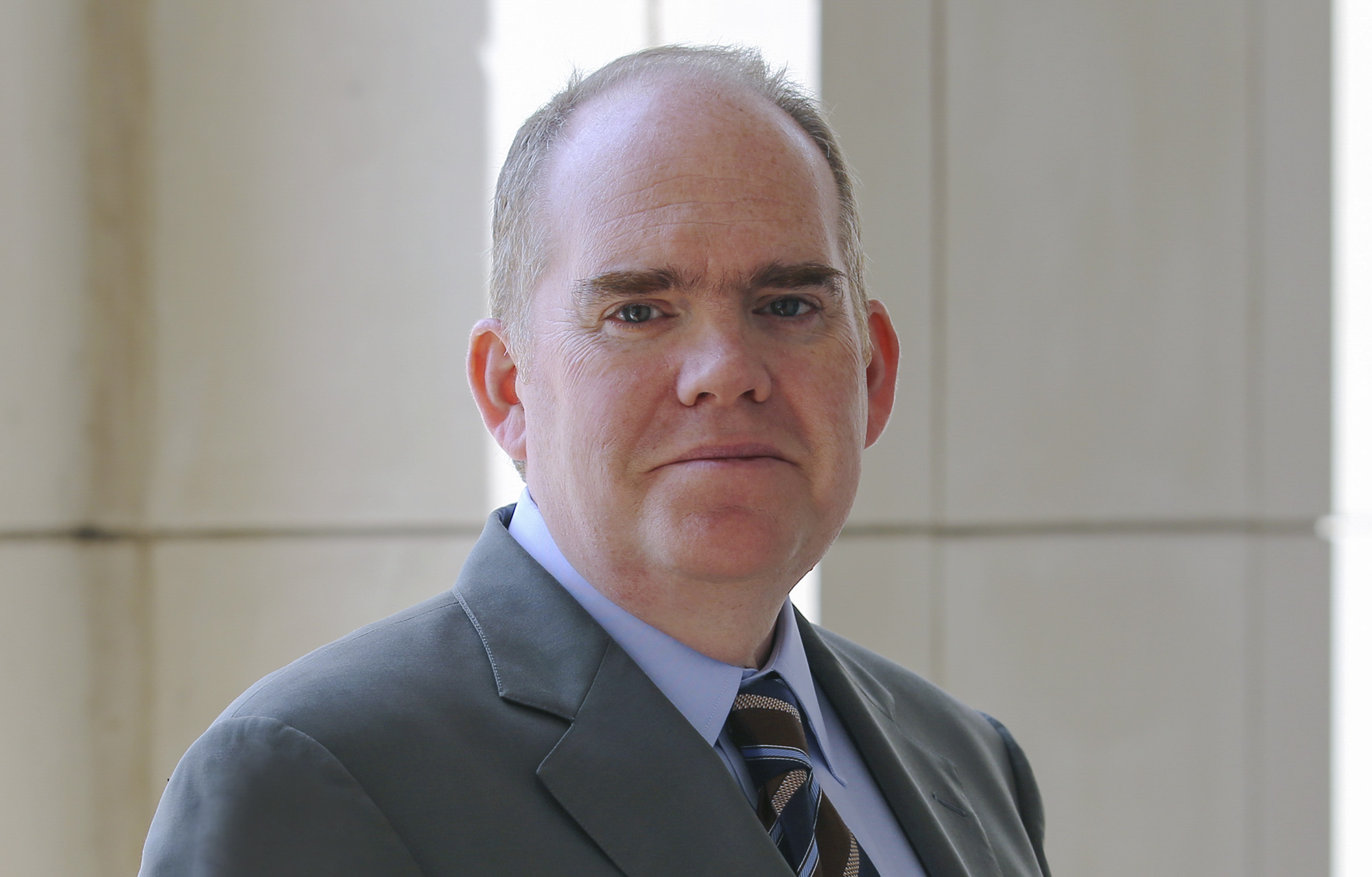Reforms to retirement plans over the past 25 years have disproportionately benefited the wealthy, according to new research by University of Virginia School of Law professor Michael Doran.
That has happened, Doran said, despite lawmakers’ promises that the bipartisan legislation would improve retirement security for all Americans.
In his article “The Great American Retirement Fraud,” Doran, a tax law expert and faculty affiliate of the Virginia Center for Tax Law, outlines what went wrong.
Since a series of reforms costing the government tens of billions of dollars began in 1995, retirement savings have remained flat for middle-income households and even decreased for lower-income households, after accounting for inflation.
The percentage of all families holding retirement accounts increased by only 5.3 percentage points from 1995 to 2019. Only a small fraction of workers are now reaching the increased contribution limits – another expensive item for the government – with that fraction concentrated among higher-income earners, Doran reports.

University of Virginia School of Law professor Michael Doran has spent 30 years working in retirement policy. (contributed photo)
Before turning to academia, Doran was a partner at Caplin & Drysdale in Washington, D.C., practicing federal tax and federal pension law. He also served twice in the Office of Tax Policy at the U.S. Treasury Department. He recently answered questions about his new paper.
Q. What tax reforms are you looking at in your paper?
A. Twenty-five years ago, Congress fundamentally changed its approach to tax-subsidized retirement plans – such as 401(k) plans – and IRAs. Traditionally, Congress would enact employee protection rules, and it would strictly limit the availability of tax subsidies, allowing reasonable, but not excessive tax-subsidized retirement accumulations.
Starting in 1996 and continuing to the present, Congress has passed successive rounds of legislation to deregulate retirement plans and to expand the tax subsidies for retirement savings. My paper focuses on the tax subsidies.
With every new statute, legislators have claimed that the enlarged tax subsidies would improve retirement savings for rank-and-file workers. That has not been true at all. Since 1996, the median retirement-account balance of the top 10% of U.S. households (by income) has quadrupled in real terms. Over that same period, the median retirement-account balance of the second-lowest quintile of households has remained flat in real terms, and the median retirement-account balance of the bottom quintile of households has actually fallen.
Legislators also claimed that their reforms would expand retirement-plan coverage for rank-and-file workers. Today, more than 90% of households in the top 10% have retirement accounts, but only 11% of households in the bottom 20% do.
Q. Why are those reforms benefiting affluent investors and not low- and middle-income savers?
A. The reason for these unequal outcomes is pretty clear. The legislation over the past 25 years has raised the statutory limits on how much can be saved in retirement plans and IRAs and how long money can stay there. For example, in 1995, the maximum amount that one individual could contribute to a 401(k) plan each year was $9,240. Today, that limit is $27,000 for anyone over the age of 49 and $20,500 for everyone else. Lower-income and middle-income earners cannot afford to contribute even the maximum under the old limits, so raising those limits does them no good at all.
Also, Congress has pushed back the date on which individuals must start taking retirement distributions, from age 70½ to age 72 – with a current proposal to push it back further to age 75. The only people who have to be forced to take retirement distributions are the people who do not need their retirement savings to live on during retirement. Those people would much rather leave money in their tax-subsidized retirement plans and IRAs as legacies passed on to their children and grandchildren.
Q. What kind of reforms would be more effective?
A. The legislation has been expensive. Over the past 25 years, Congress has more than doubled the average annual cost to the federal government of the tax subsidies. The government is spending more and more each year – enough to fund several federal Cabinet departments – to pump up the account balances of higher-income earners. The annual revenue loss to the government is bigger than the annual cost of any other tax subsidy, including the special treatment of capital gains. Retirement plans and IRAs have become the mother of all tax shelters.
The better way forward is to cut off tax-subsidized retirement savings for higher-income earners. Lower-income and moderate-income earners are much better served by Social Security, which is the true source of their retirement security. The annual average of $380 billion spent on tax subsidies for retirement savings could be used to ensure the long-term solvency of Social Security.
Q. Why did you decide to write about this issue?
A. I’ve been working on retirement policy for 30 years. These legislative reforms had died down somewhat over the past several years, but recently there have been a number of bills that repeat the sins of the past. At some point, you have to call out the nonsense for what it is.
Media Contact
Article Information
January 19, 2022
/content/retirement-savings-reforms-only-benefiting-wealthy-professors-research-shows

